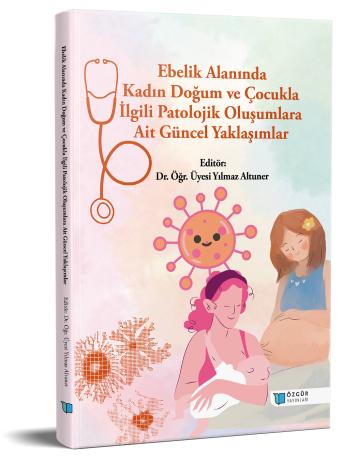
High-Risk Pregnancy
Chapter from the book:
Altuner,
Y.
(ed.)
2025.
Current Approaches to Pathological Formations Related to Obstetrics and Child in The Field of Midwifery.
Synopsis
High-risk pregnancy refers to pregnancies that pose a health risk to the mother, the baby, or both. It can be classified as low-risk, at-risk, or high-risk. Causes of high-risk pregnancy include maternal age over 35, chronic diseases such as diabetes and hypertension, placental problems, and fetal growth restrictions.
Symptoms:
• High blood pressure, infections, signs of preterm labor
• Vaginal bleeding, dizziness, chest pain
• Decreased fetal movements
Diagnosis and Prevention:
• Monitored by perinatology specialists
• Early diagnosis is possible through ultrasound, blood and urine tests
• A healthy lifestyle, regular prenatal check-ups, and genetic screening can help reduce risk
Complications:
• Preeclampsia, preterm birth, miscarriage
• May pose life-threatening risks for both mother and baby
• Early diagnosis and medical monitoring are crucial in managing high-risk pregnancies.

